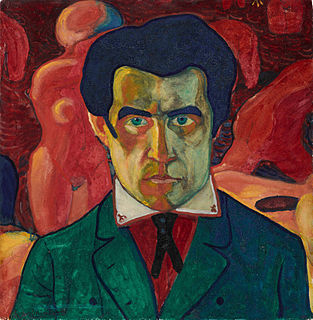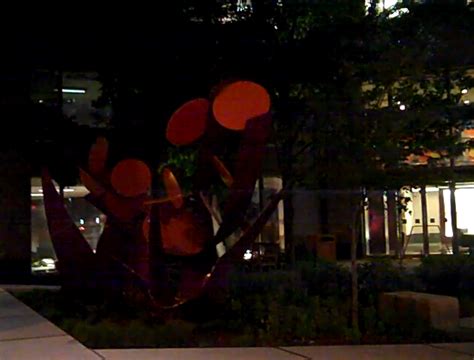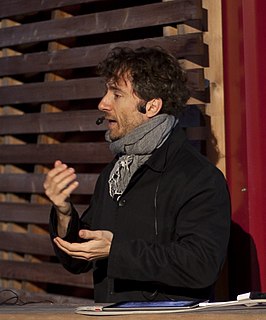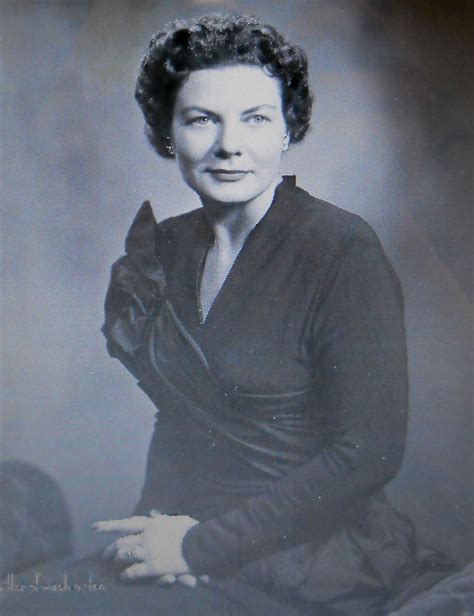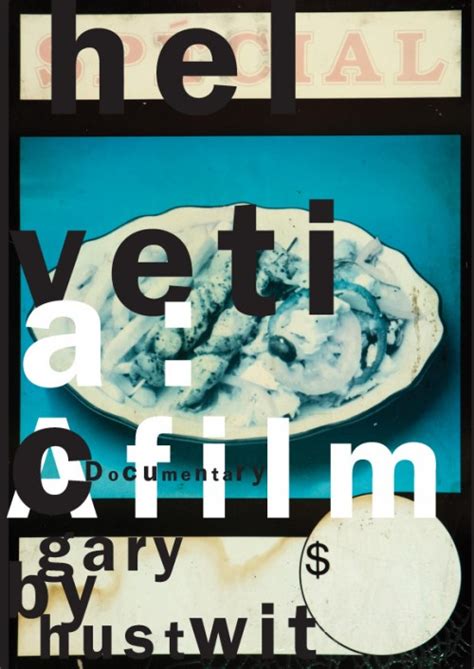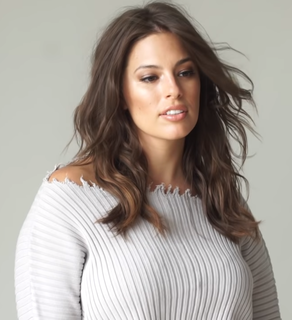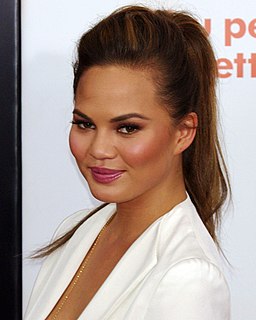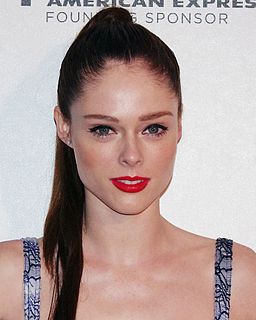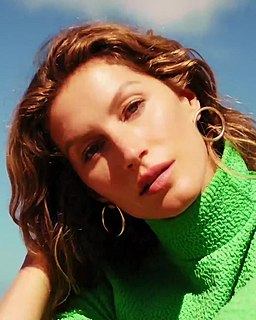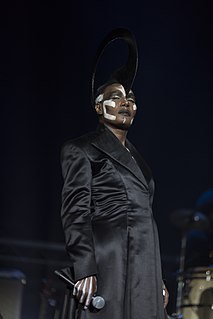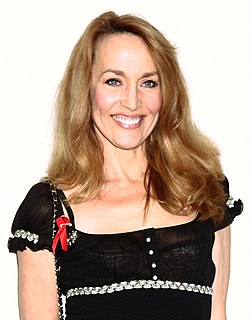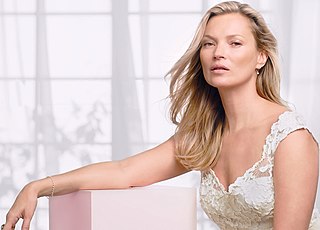A Quote by Emma Ishta
My computer background is a black and white picture I took of the Niteroi Contemporary Art Museum in Brazil.
Related Quotes
When, in the year 1913, in my desperate attempt to free art from the ballast of objectivity, I took refuge in the square form and exhibited a picture which consisted of nothing more than a black square on a white field, the critics and, along with them, the public sighed: 'Everything which we loved is lost. We are in a desert .... Before us is nothing but a black square on a white background!'
I come from a real working class background, and I didn't know anyone sophisticated - except I saw Edie Sedgewick once at the Art Museum in Philly. She had these black leotards and little black pumps and this big ermine cape and all these white dogs and black sunglasses and black eyes. She was classy!
The museum in D.C. is really a narrative museum - the nature of a people and how you represent that story. Whereas the Studio Museum is really a contemporary art museum that happens to be about the diaspora and a particular body of contemporary artists ignored by the mainstream. The Studio Museum has championed that and brought into the mainstream. So the museums are like brothers, but different.
It took the Metropolitan Museum of Art nearly 50 years to wake up to Pablo Picasso. It didn't own one of his paintings until 1946, when Gertrude Stein bequeathed that indomitable quasi-Cubistic picture of herself - a portrait of the writer as a sumo Buddha - to the Met, principally because she disliked the Museum of Modern Art.
When we hold a photo negative up to the light all objects are reversed. Black is white, white is black. Moreover, the character lines of any face in the picture are not clear. Once placed into the developing solution, what photographers call "the latent image" is revealed in the print-darkness is turned to light; and, lo, we have a beautiful picture.
Just like in the art museum, and notions of beauty and pleasure, if the hero is always a white guy with a squared jaw or pretty woman with big breasts, then kids start thinking that's how it's supposed to be. Part of the problem was that black comic book artists were making super heroes with the same pattern as the white super heroes. When you read a lot of those comics, the black super heroes don't seem to have anything to do.
The place has had a super-conflicted relationship to its mission. In 1956, it opened as the Museum of Contemporary Crafts. Then in 1986 it had a midlife crisis and changed its name to the American Craft Museum. Then in 2002 the name changed again, this time to the Museum of Arts and Design. Maybe in 2025 the place will be called the Designatorium. The big problem with a museum of craft and design is that all art has craft and design.
There's a beauty shop companion called School of Beauty, School of Culture at the Birmingham Museum of Art. I got an email that said a couple had a guerrilla wedding in front of that picture. They slipped into the museum with a preacher and had their wedding ceremony in front of it. It turns out that the woman is a beautician and the man is a barber, they had seen that picture, and they said it was the perfect place to get married.

